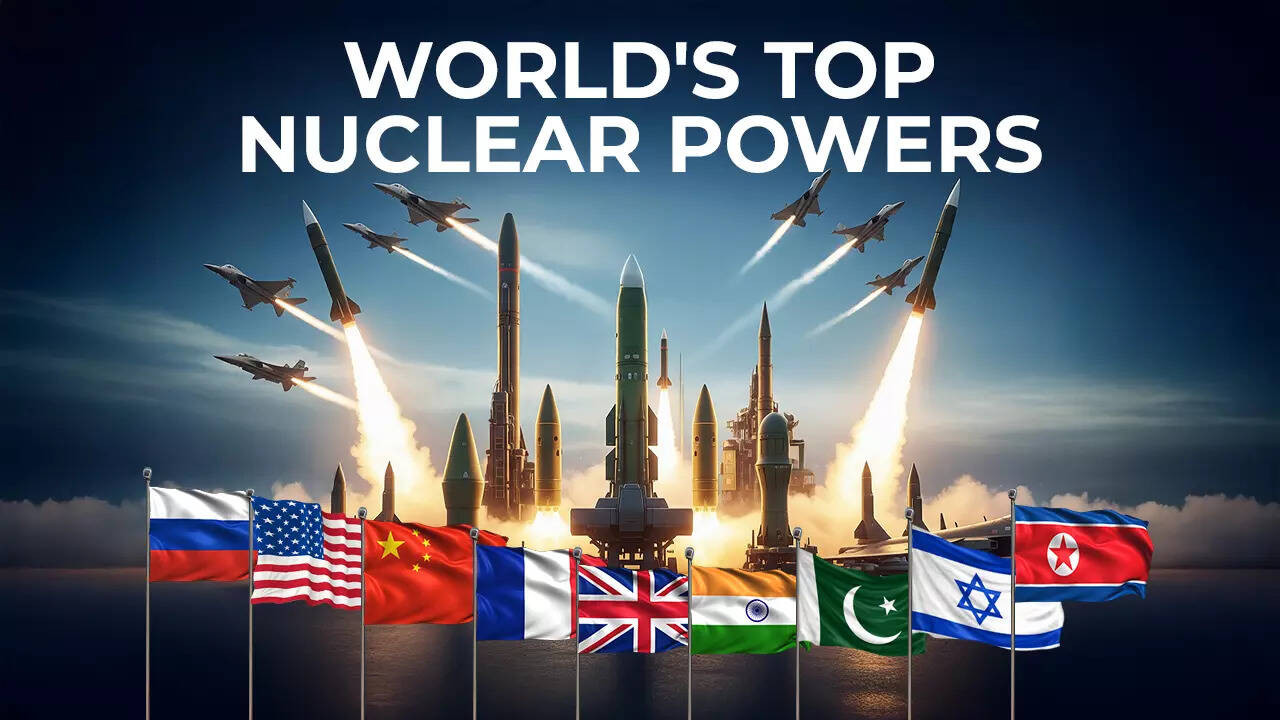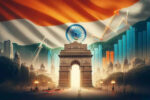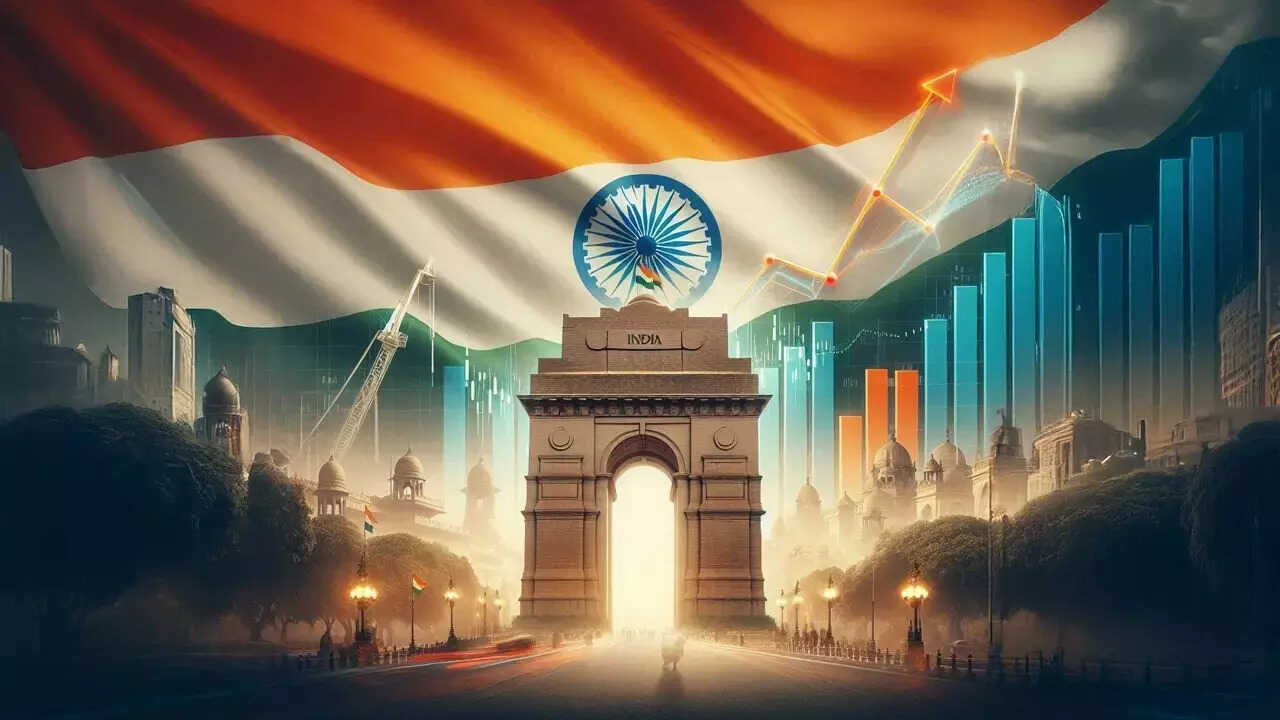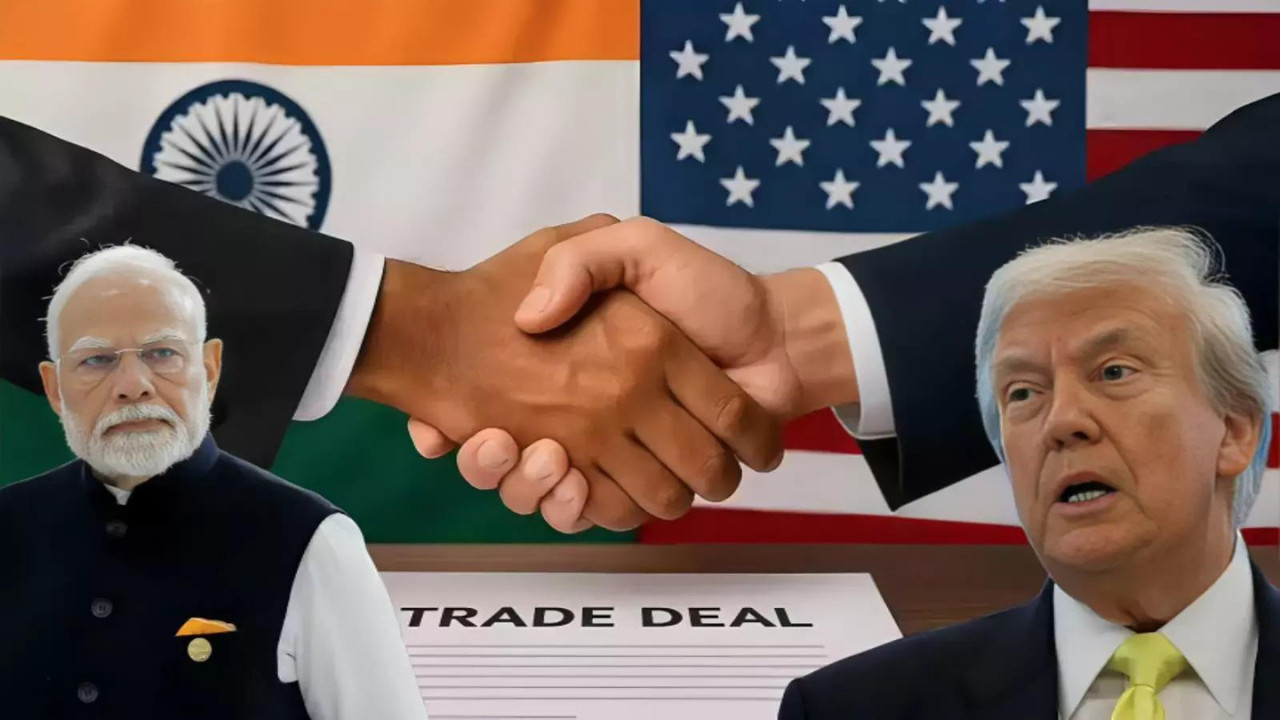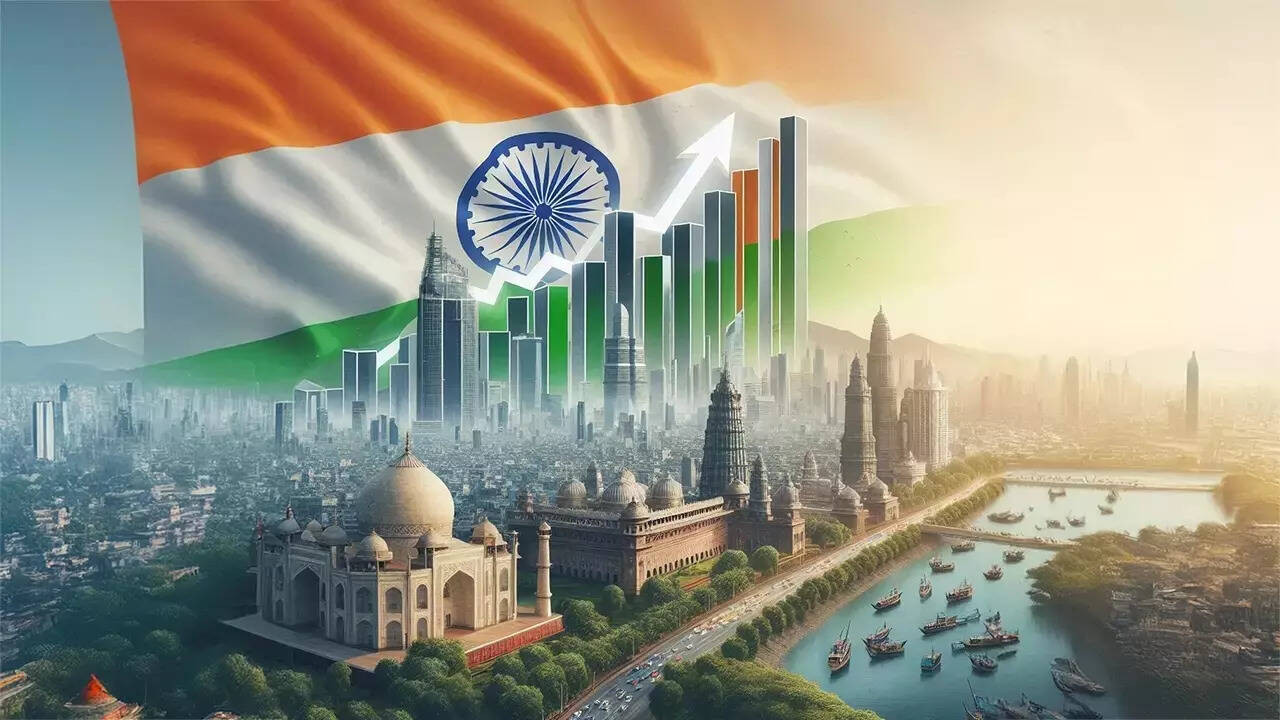The Nuclear Poker Game: Where Does India Stand?
Okay, let’s talk about something that’s both fascinating and, frankly, a little terrifying: nuclear power. Not the kind that keeps our lights on, but the kind that could, well, turn them off permanently. We’re diving into the world of nuclear weapons, taking a look at who’s holding what cards in this high-stakes poker game.
You’ve probably seen the headlines, a jumble of countries, numbers, and scary-sounding acronyms. It’s easy to get lost in the noise, so let’s try to make sense of it. Forget the cold statistics for a moment; let’s talk about power, politics, and the ever-present shadow of mutually assured destruction.
The story recently making waves is all about where different nations stack up in terms of nuclear arsenal size. And yes, India is in the mix. But before we pat ourselves on the back or start getting jittery, let’s put things into perspective.
Right off the bat, it’s no surprise that Russia and the United States are the big dogs in this fight. They’re the undisputed champions, holding the lion’s share of the world’s nuclear warheads. We’re talking thousands apiece. These aren’t just weapons; they’re entire strategies, complex doctrines built around the idea of deterrence – basically, “Don’t mess with us, or else.” You can’t help but wonder, though: what’s the point of having so many? Is it just security theatre on a global scale?
Then comes China. Their arsenal is significantly smaller than the US and Russia, but it’s growing. And that’s what’s making everyone a little antsy. China’s modernization efforts are aggressive, and their intentions… well, they’re keeping those close to their chest. Their increasing presence in the Indo-Pacific, coupled with their ambitious economic goals, makes them a force to be reckoned with, nuclear or not.
Now, let’s zoom in on India. The reports put us ahead of Pakistan in terms of warhead numbers, though the margin isn’t huge. This comparison is inevitable, of course. We’re neighbors with a complicated history, and the nuclear equation has always been a factor in our relationship. But framing the whole thing as simply a race between India and Pakistan feels reductive. It ignores the larger global context and the nuanced challenges each nation faces.
It’s important to remember that India’s nuclear policy is rooted in “credible minimum deterrence.” In plain English, that means we aim to have just enough nukes to discourage anyone from attacking us. We’ve also pledged a “no first use” policy, meaning we won’t be the ones to initiate a nuclear strike. That’s a pretty significant commitment, especially in a world where trust is a scarce commodity.
But here’s the rub: this policy isn’t universally embraced. Some argue that “no first use” ties our hands, making us vulnerable. Others worry that it isn’t credible anyway – that in a truly dire situation, any nation would do whatever it takes to survive. It’s a difficult debate, with valid points on both sides.
Beyond the big players and the regional rivalries, there are other countries in the nuclear club: France, the UK, Israel, and North Korea. Each of them has their own reasons for being there, their own anxieties, and their own unique strategic considerations. Israel, famously, maintains a policy of “nuclear ambiguity,” neither confirming nor denying its arsenal. North Korea, on the other hand, is loud and proud about its nuclear ambitions, using them as leverage in its dealings with the rest of the world.
Ultimately, what does all this mean? It means the world remains a dangerous place. The existence of nuclear weapons casts a long shadow, forcing nations to walk a tightrope between security and annihilation. It means diplomacy, dialogue, and a commitment to arms control are more critical than ever.
We can’t pretend that these weapons don’t exist. We can’t bury our heads in the sand and hope the problem goes away. Instead, we need to engage in thoughtful conversations about the risks, the responsibilities, and the potential pathways to a safer future. Because the stakes are simply too high to ignore. This isn’t just about numbers and rankings; it’s about the survival of humanity. And that’s a game worth playing seriously.
